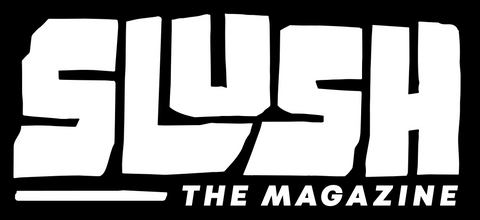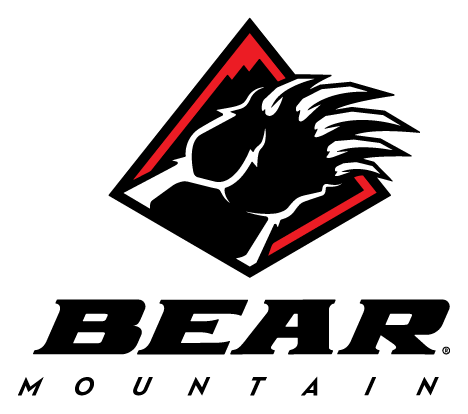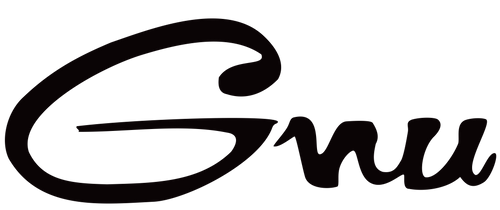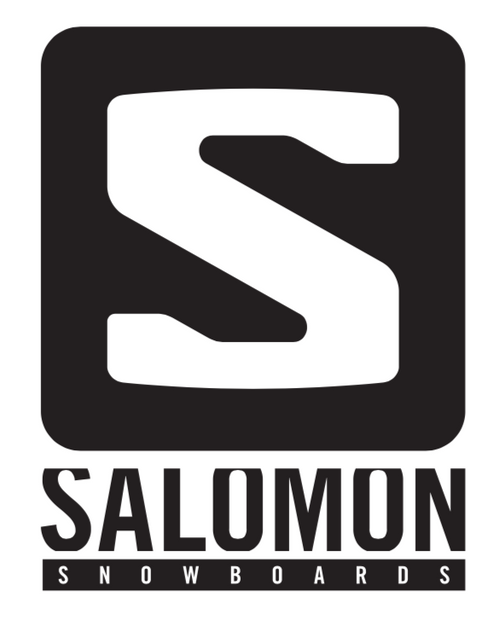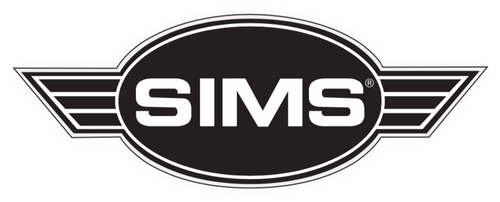
Interview: Pat Bridges
Cover photo: Dean Blotto Gray/Natural Selection Tour/Red Bull Content Pool
In an era where plasticized mainstream snowboarding showcases monopolize our sports elite competitive ranks, the Natural Selection Tour has made great strides to disrupt what has largely become a predictable contest paradigm. With new venues and new formats comes a new guard and no one embodies this more than Robin Van Gyn, one of the Natural Selection Tour’s inaugural champions. Robin is the only woman invited to partake in the first year of the Natural Selection Tour sans any X Games, Freeride World Tour or Olympic experience. None. Yet, what Robin lacks in contest cred she more than makes up for with commitment, backcountry experience, style, board control and intuition. In a world without coaches, stock contest runs and airbag-emboldened acrobatics, the fabric of Robin’s approach to riding truly shines, hence her ending the 2021 season with twice as many Natural Selection Tour victories than any rider in history. Slush had a chance to talk with Robin on the heels of her recent victory in Alaska to get a bit of insight into what it took to take the first ever Natural Section Tour title.
You took the long road, so to speak, to get from the Yeti Natural Selection stop at Jackson Hole to the HempFusion Natural Selection Championships at Tordrillo Mountain Lodge in Alaska. For anyone who hasn’t been following the circuit the past few months, can you tell us about the journey leading up to getting invited to partake in the finals?
I think this year specifically has been really challenging for the Natural Selection Tour. What it was supposed to be and what it was are two totally different things. The tour was supposed to be elimination, and actually I was eliminated in Jackson Hole, but Canada wasn’t allowing anyone to come in internationally, even for a snowboard event. So as a Canadian I was actually given an extra shot to try to qualify for the Tordrillo event by being invited to compete in the Ford Bronco stop at Baldface Valhalla, British Columbia, which was huge.
So going into that event, I knew I had to win it to be able to make it to the Tordrillo stop. That’s always been the goal for me is to just somehow make it to the finals. So yeah, I went to Baldface Valhalla and I’m super happy to get the win there. Then off I went to the Tords. I was just so stoked to make it that far. I think beyond any sort of winning, it was just such a cool opportunity to go and see the terrain there. I always love being in Alaska, so it was a huge bonus just to be on that trip.
What’s interesting to me is when I look at the start list in Jackson Hole and then I look at the list for Baldface Valhalla, particularly in the women’s field, you stand out as an anomaly because you took an atypical path. Dare I say you’re one of the only riders, and certainly the most successful female pro, who didn’t cut their teeth first on the contest circuit.
Yeah, it’s very weird for me. I never really competed. I mean, I went to the US Open once. From very early in my snowboard life, I recognized I was not a great competitor. One, I wasn’t consistent enough in the park and in freestyle. I knew that I had tricks that I could do and some sort of park skills—I rode the park for a long time—but I really wasn’t great at competing. I made the switch really to just kind of move over to the backcountry where there was a better format for me to succeed. I found my space there and kind of have always been there. It was really weird realizing that I did want to compete in the thing that I am the best at, but how was I going to do that?
It is weird to be up against Spencer and Leanne and Marie and Zoi and Jamie and Elena and Hana, like everybody has got this incredible experience competing and I’m like, “Oh shit, I don’t really know how to do this.” I actually recognized that pretty quickly; I knew I’d be competing against really good competitors, and my mind game just wasn’t there. So last year I went to Nelson to compete in a Freeride World Tour event because I just needed to know what it was like. I just went, but had no intention of doing well. I just wanted that experience. My takeaway was that riding something that just felt good actually gave me the win at that event. It wasn’t being the gnarliest or doing the craziest tricks. Knowing that going into the Natural Selection obviously helped. I was riding stuff that felt good to me instead of focusing on the skills that I didn’t have. That’s how I approached it, like, I’m just going to ride what feels good to me, cross my fingers that it works out.
Well, as everything played out in Jackson Hole, particularly on the men’s side, to me it appeared as though they were rewarding those riders who moved beyond their comfort zone. Was that something that carried over to Baldface Valhalla?
I would agree and disagree with that. I felt that in Jackson Hole, yes, you were rewarded for doing a bigger trick or more technical trick with more amplitude. Obviously, I was very inquisitive with the judges because I needed to study and figure it out, but I felt like what I picked up from Jackson Hole—and this is very apparent in the runs of Mark McMorris, Blake Paul, and Zoi—was to do the same run and improve on it as you go. I think there was some discrepancy between what variety meant, because in backcountry (riding), we understand it as taking a different line every time. But I came to realize it was variety in the tricks that you were doing.
So you saw Mark do the same run for the most part and improved on his tricks as he went, and so did Zoi, and so did Blake. That is actually what I picked up on in Jackson Hole, and I brought that with me to Baldface Valhalla. That has been my strategy since. Yes, you were rewarded for going outside of your comfort zone, but you still have to land, and that’s the key. You weren’t rewarded if you hit a big jump and did a 360 and fell, you know? So there’s two parts to that. You still have to be able to make a clean, flowy run, and if you’re able to step out of your comfort zone, make sure that you have a clean, flowy run already in the bag. That’s what I saw from Jackson Hole going into Valhalla and then also at Tordrillo Mountain Lodge. That was kind of the strategy that I took.
You got the rebate and were invited to BC, and were able to capitalize on it. Going into the final stop, did you feel like you had an advantage over Zoi (Sadowski-Synnott) and Hana (Beaman) because of your experience in Alaska?
Not really. I did feel like, yes, I had more big mountain experience, but at the same time, both Hana and Zoi have much better freestyle experience. I had studied the mountains there pretty hard and what I came to realize is a lot of the stuff we were riding in AK wasn’t that super steep, high-consequence terrain that normally I would look to. I would look to find a really tight spine line, something really very Alaska. What I noticed is the zone Travis chose is something that kind of represented the best of both worlds, where we had this massive Alaskan face with freestyle capabilities. Knowing that, it was like I had to switch into a different mindset. I feel like I underestimated Zoi in Jackson Hole and knowing how fast she improved during that event, I didn’t underestimate her this time. I knew she was going to show up and be a force. Hana also; she’s got so much experience in snowboarding competitively, the backcountry, she’s been to Alaska, also. I feel like the playing field could’ve been anybody’s game. That’s how I went into it.
Can you run us through your timeline of the finals in Alaska?
When we landed in the Tordrillos, we had a ton of high pressure. We knew that we’d be riding right away. It was pretty much like buckle up, get your shit together. We did the heli briefings and avalanche and beacon training right away as a group. The first day was a scope day. We went out and looked at the Super Finals venue, which only had light from 8 a.m. to 10:30 a.m. We went up there and studied it and took photos of it. Then we got a text later in the morning saying, “We’re going to run it this afternoon.” It changed the vibe from scope day to, “Here we go.”
We went to the qualifying venue and checked it out. It was quite variable. It wasn’t blower pow top-to-bottom; you really had to find pockets of good snow and watch out for crust or wind effect. But in the afternoon it was good. Zoi chose really good lines. I think that was really apparent and something I took with me. Being able to do a run with a lot of airs in it was really important. It wasn’t about how gnarly you could get or how technical the face was. It was how many airs you could take and add the element of freestyle. Seeing how the qualifying went, where I thought my runs could’ve been scored higher, I thought there was one run in there where I was going to win a heat against Zoi and didn’t. I was like, “What? What am I doing wrong here?” Because she fully just swooped us. She won every heat. There’s a reason for that, because she chose the same strategy again. She had a line and improved on it. She was doing that consistently throughout qualifying, whereas Hana and I were just trying to find our groove. I know Hana did a different run every time. I did a run at the beginning that was really technical in the middle section and it really affected the flow of it, and I didn’t want to ride it again because there were too many tracks, so I had to shift into a different line. Then from there I had to do a safety run and then improve on that. After seeing how that was judged and not really completely understanding it, I met with the head judge Sandy and got him to really explain how the judging criteria was working and what was going to be rewarded.
When I had that information and understood it, then it was a bit of a game changer because what I had planned to do in the finals, I changed. I was like I need to do something where I can get freestyle, do some airs, make sure I’m matching what Zoi’s doing because she knows what the judging criteria is and understands it really well because she’s been a competitor for so long. It’s similar judging criteria, just in a backcountry scenario. Moving into the Super Final, I really just needed to choose a line that I could ride confidently on and find ways to add variety. They call it DAVE: Difficulty, Amplitude, Variety, and Execution. I don’t know, I just wanted to ride something that felt really good and I thought was manageable for myself. But there were some moments where I felt like I needed to step out of my comfort zone. There was this cliff I kept looking at and I was like, it could be really stupid of me to hit that cliff because it’s pretty big, but deep down I knew I’m actually good at that. I’m actually good at hitting cliffs and landing.

And in the Super Finals?
My first run was not that great. I rode the top spine really well and kind of got bucked on the jump but landed. I tried to do this similar line to Mark where there was this really good little jump and I was going to do a backflip on it, but I misjudged the takeoff and went way too slow and the whole takeoff just collapsed under my feet. I ended up doing like a half backflip. It totally threw me off. I was like, “Oh shit, I totally blew my safety run.” I felt like I blew it and needed a little reset. When I went up for run number two, I was like, “OK, just do what feels good, get to the bottom without falling.” Then in my third run, I could improve on that. That was the strategy and that’s kind of what happened except right in the middle of my second run, I saw that cliff and I was like you know, I’m not here to do turns to the bottom. So I ended up hitting it and landing. It felt so good. I went back up and just wanted to improve on that second run. That’s when I started to lighten up a bit. That safety line with the cliff in it, that scored really high because it was a bigger feature so it had difficulty and amplitude and execution, all those things. It’s all about landing a clean, flowy line and that’s what happened. It wasn’t the winning run I wanted to do. I would’ve loved to do a 360, do a backflip, that was the dream. But you only have three runs, so if you screw one up, you’re left with two. It worked out.
I think Zoi was really pushing it but wasn’t able to put it down and there I was. I think it’s a really good place to leave off this season, to be like, “OK, I ended up winning with my safety line, but next year, I know what I’m going to be up against.” It’s great. I feel like women’s snowboarding in the backcountry is at a spot where we can see how good the progression is going to be very quickly because of this event. I really feel like because of this event, we’re already starting to see progression in women’s snowboarding in the backcountry. Jamie, in Jackson Hole, the stuff that she was doing and was very close to landing, that was so rad to see her do that. I was trying stuff that I normally wouldn’t have tried in a contest scenario. I was trying to hit the bigger features and do tricks on them, and I’m stoked on that. I tried that and I didn’t land, but that’s where I want to go. And seeing Zoi and Hana being consistent and landing tricks in a line, that’s amazing. I don’t think that’s really existed thus far in women’s backcountry snowboarding. I really feel like this season was a good place for us to establish what’s possible and progress.
You are now the inaugural champion of the Natural Selection Tour, but you also remain dedicated to the filming game. Is there anything you’ve learned from your competitive experience that you are going to apply to your filming regimen?
Absolutely. Doing a run and improving on it, I have noticed that Absinthe did that quite a bit in their films. I’ve never really done that in filming, and I really want to. I feel like that’s where I’m going to see progression for myself. I’m going to do a run and then improve on it. Next year that will definitely be part of my film goals. Using that methodology and strategy to improve my own snowboarding.

